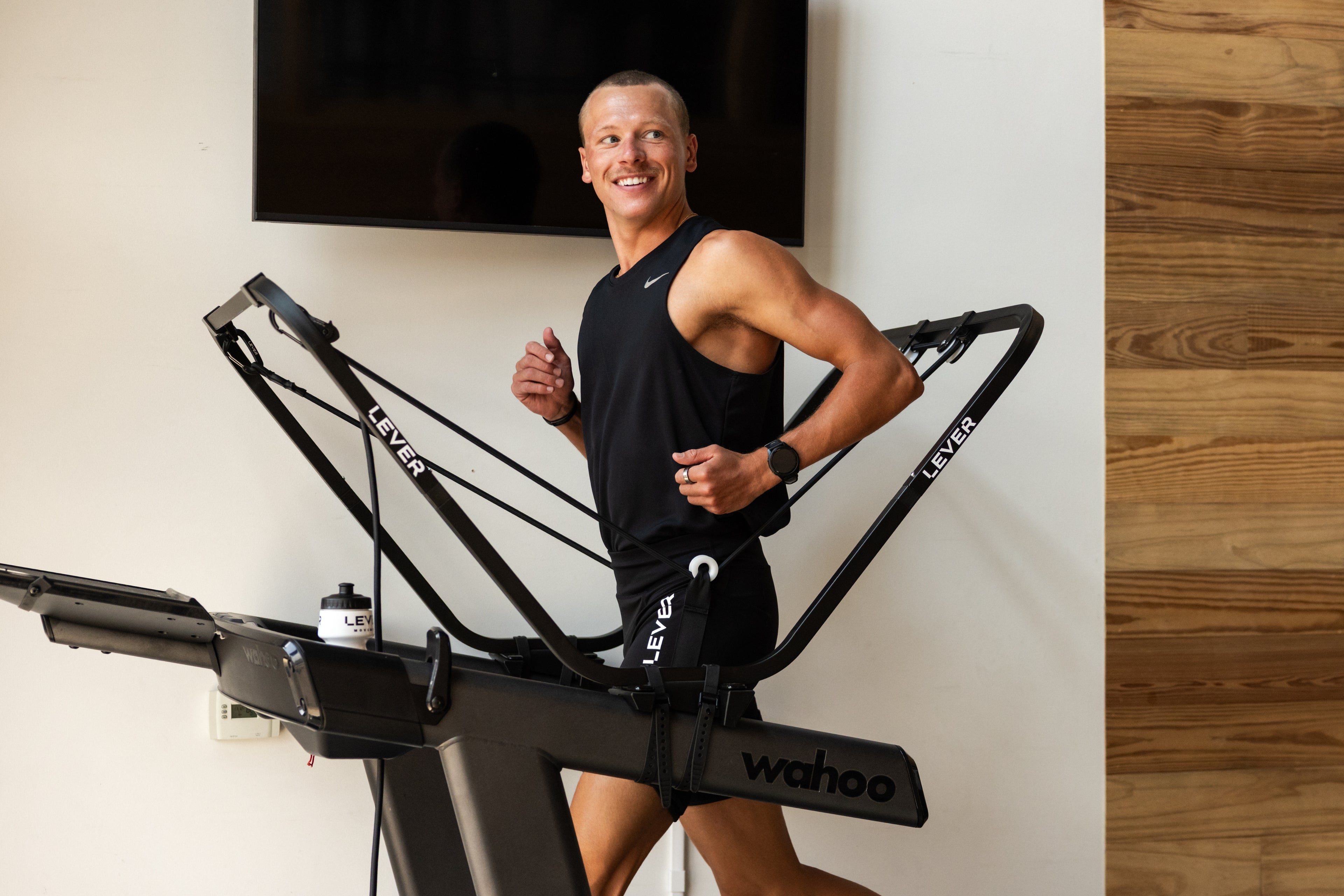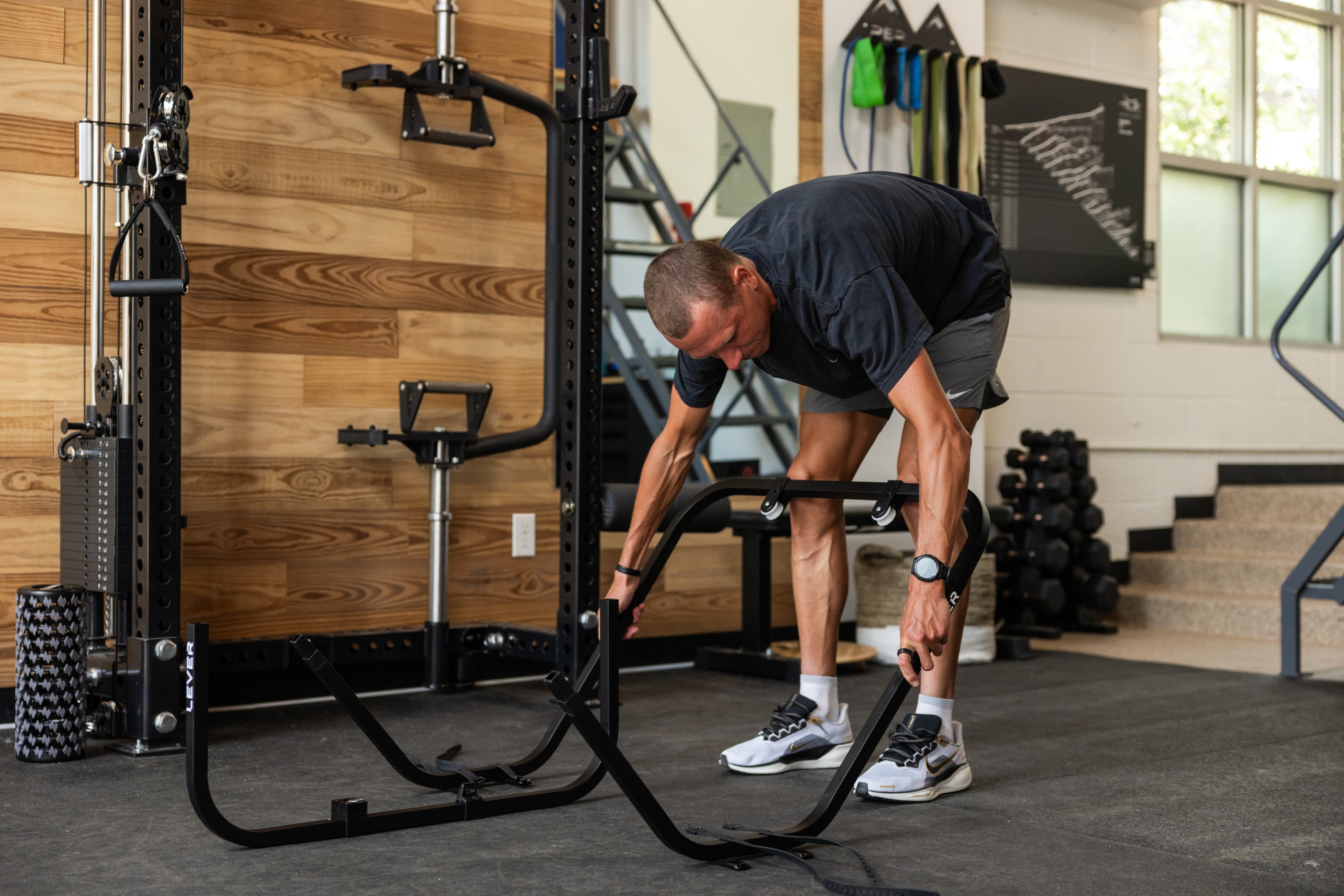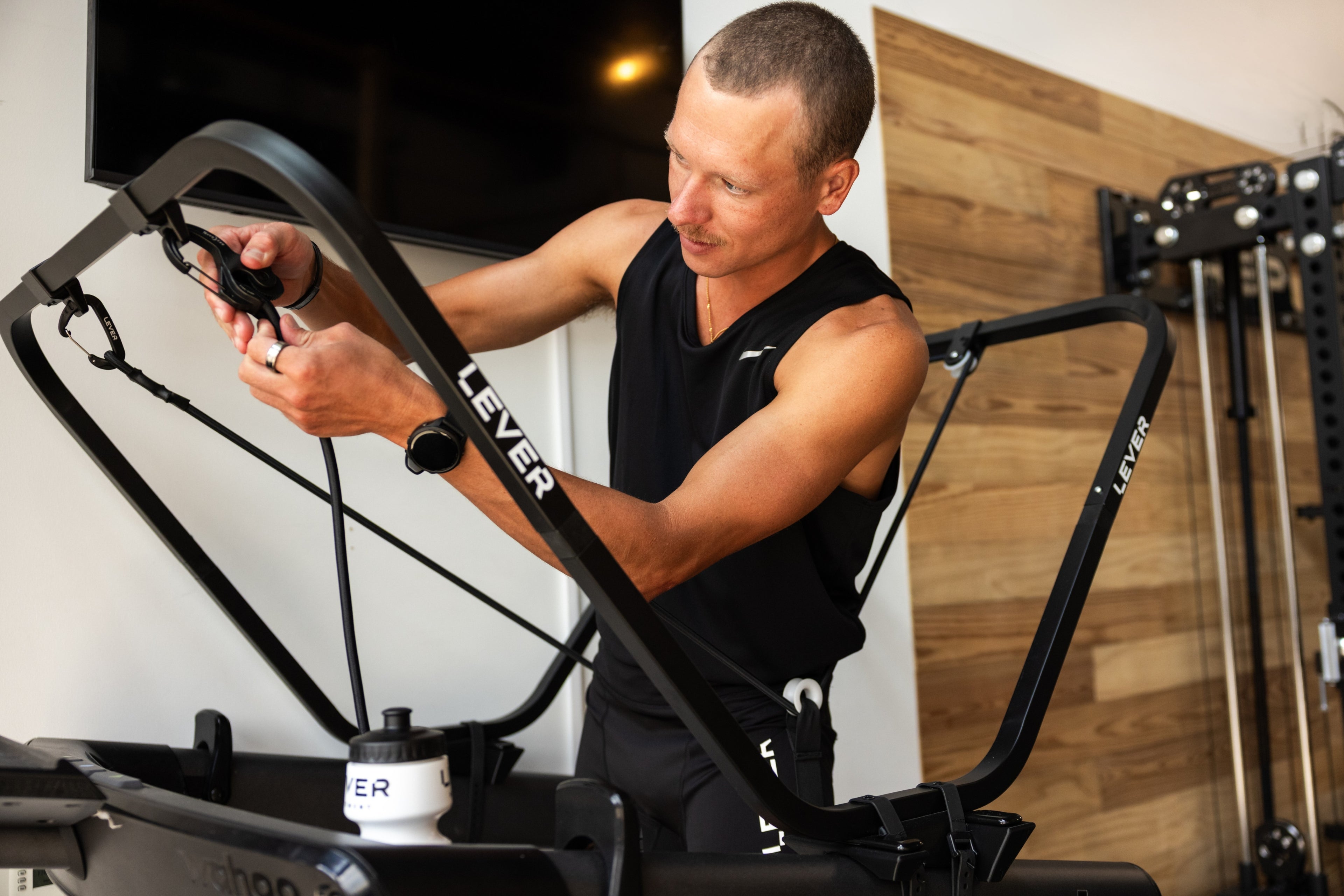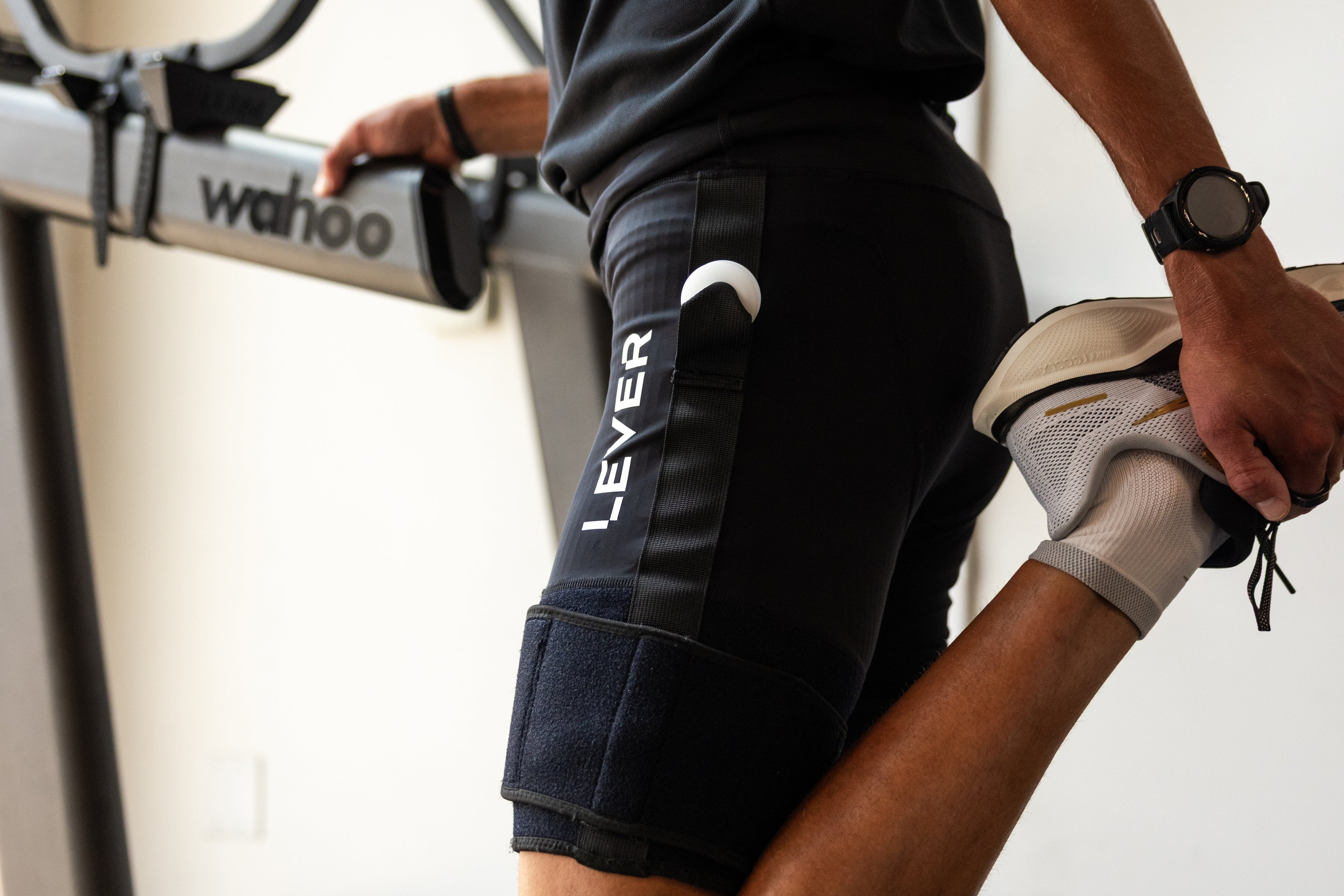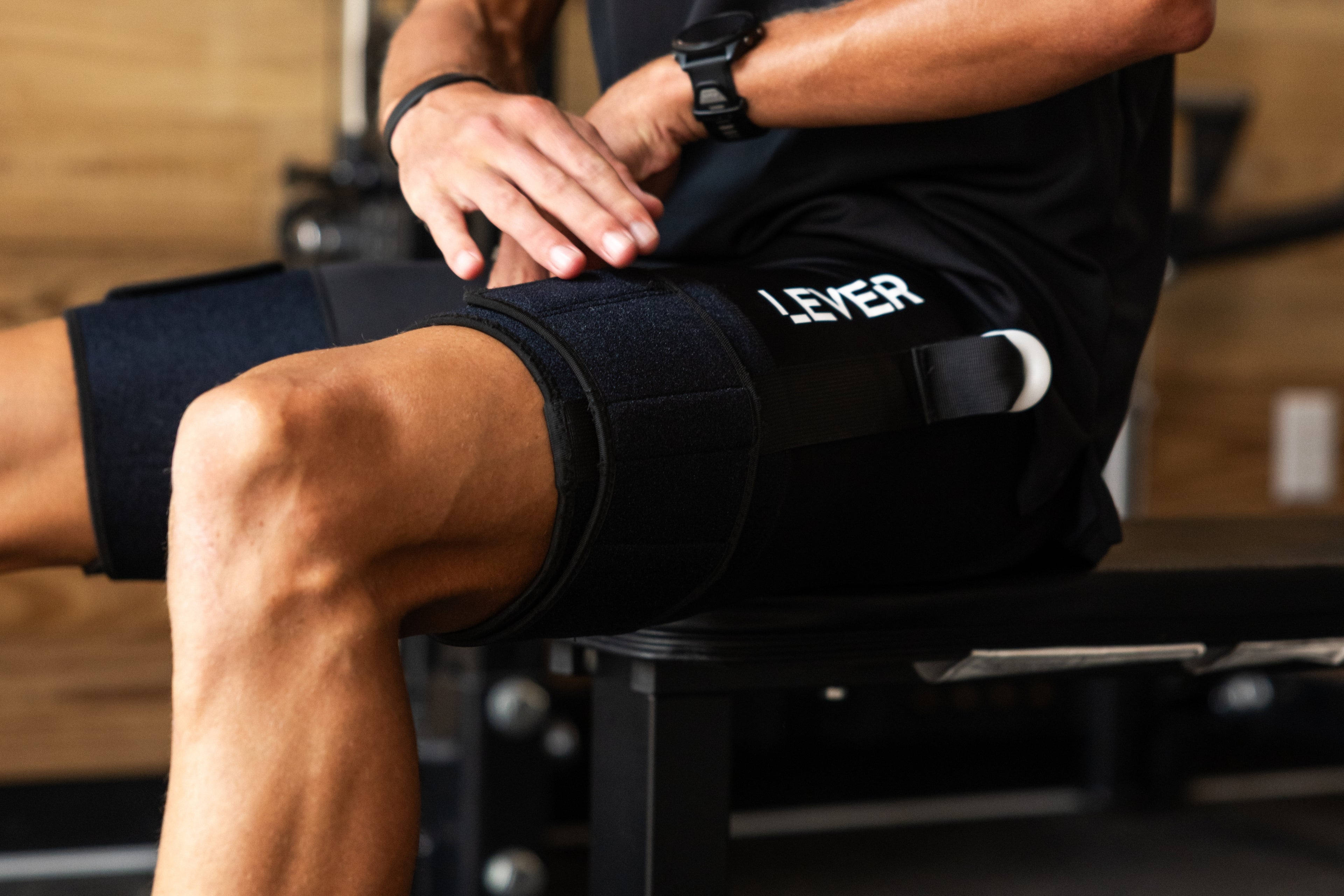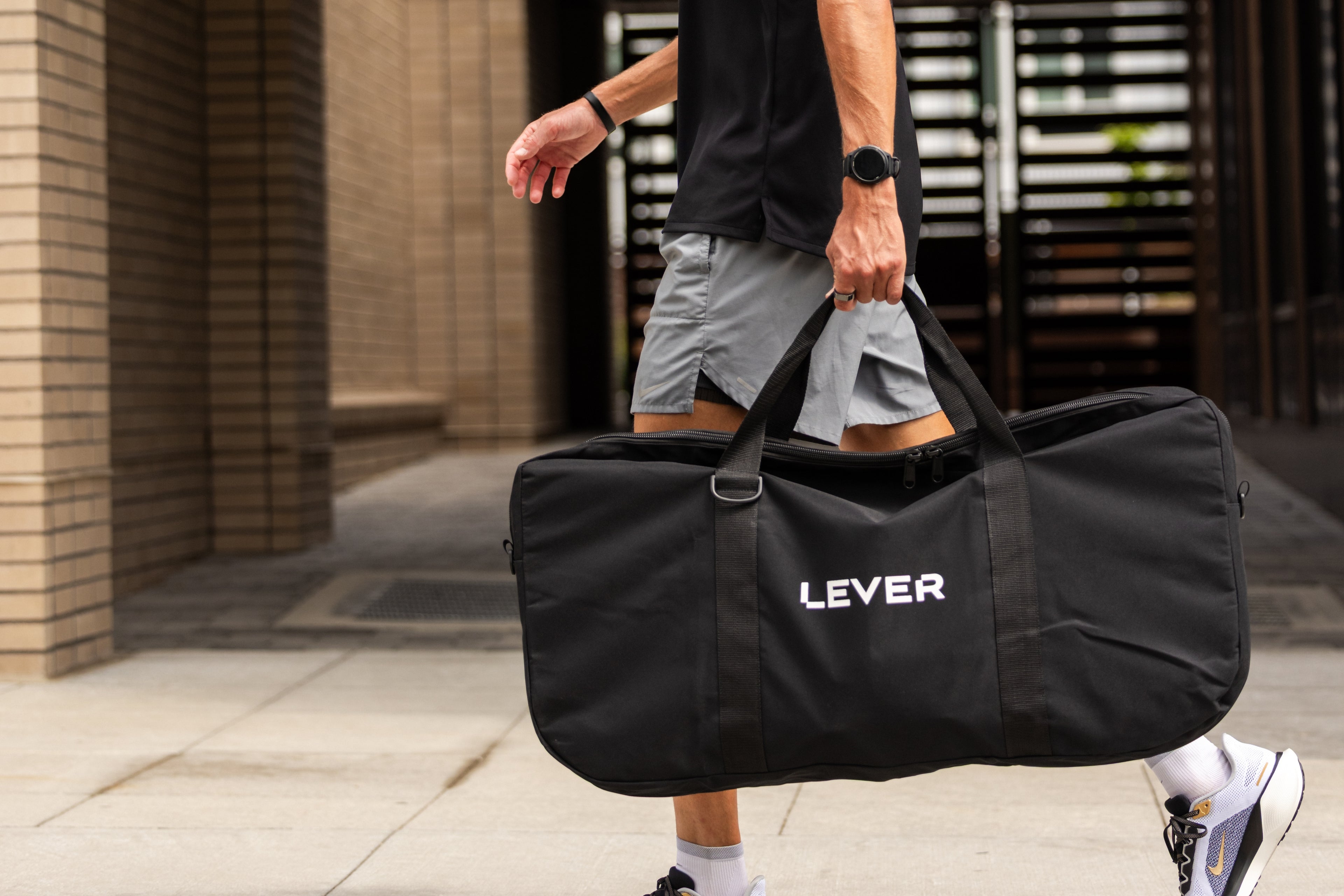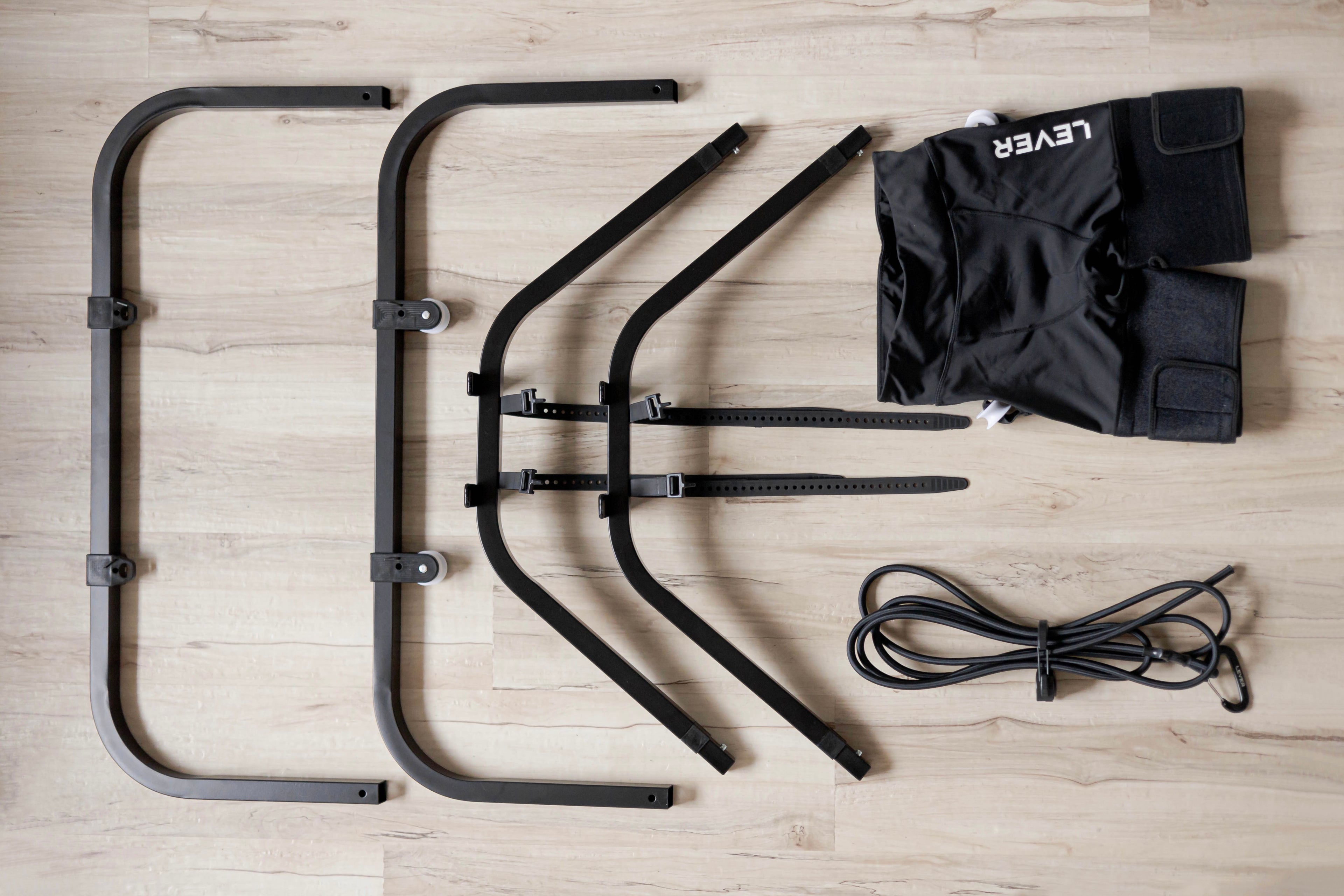After months of training and a tough 26.2 miles, your body deserves special attention and care to recover. Whether you hit a new personal best or enjoyed the journey, a proper recovery plan is essential for preventing injuries, healing effectively, and getting back to running safely.
Why Recovery is Crucial for Marathoners
Studies show that 90% of marathon runners experience post-race pain and 30% develop injuries due to poor recovery practices (Journal of Sports Science, 2021). Common injuries range from tendinitis and muscle strains to stress fractures, often caused by rushing back into training or ignoring essential recovery steps. A structured recovery plan can significantly reduce your chances of injury and ensure a stronger, healthier return to running.
A Post-Marathon Recovery Plan
A successful recovery plan involves a mix of rest, active recovery, and gradual reintroduction to running. Here’s a simple yet effective guide:
-
Active Rest (Days 1-3)
Light movement, such as short walks or gentle stretching, can help reduce muscle soreness and promote blood flow without adding strain. Staying hydrated and fueling with nutrient-rich foods is also crucial during these days. -
Focused Recovery Tools (Days 4-7)
This is the perfect time to incorporate compression therapy and body weight support. Compression boots, like LEVER’s Recovery Boots, can help relieve swelling and flush out lactic acid, while the LEVER System can reduce joint impact, allowing for low-stress recovery runs that won’t strain your muscles and joints. -
Gradual Reintroduction to Running (After Day 7)
Slowly ease back into running by focusing on shorter, easy-paced runs. Listen to your body—if there’s any residual soreness, give it more time before resuming full training intensity. -
Cross-Training (Weeks 2-3)
Low-impact activities like swimming, cycling, or elliptical workouts can keep you active without overloading your joints. These activities allow you to maintain fitness while giving your body time to fully recover.
Here are a few gentle, LEVER-supported recovery runs for Days 4-7 to ease you back into running safely
1. Short & Easy Shakeout Run
Duration: 15-20 minutes
Intensity: Very light, about 50-60% of your usual running effort
This gentle, low-intensity run helps promote blood flow and muscle recovery without any added strain. Focus on keeping your pace slow and steady to simply loosen up your legs.
2. Low-Impact Run-Walk Intervals
Duration: 20-30 minutes
Intensity: 60% effort with brief walking intervals
Alternate 3 minutes of slow running with 2 minutes of walking. The intervals give you time to rest while still enjoying the benefits of light activity. With LEVER’s reduced impact, these intervals will help with muscle recovery without pushing you too hard.
3. “Feel-Good” Tempo Trot
Duration: 15-25 minutes
Intensity: Start at a light pace and gradually increase to a moderate, steady pace (about 65-70% effort)
After warming up with an easy 5-minute jog, pick up your pace slightly for the next 10-15 minutes, focusing on a rhythm that feels natural and not forced. This steady run is ideal for getting your body moving again without overloading your muscles.
4. Light Recovery Hills
Duration: 20 minutes
Intensity: 60-65% effort on a slight incline
Using a treadmill incline of 1-2%, do an easy-paced run to activate your muscles gently. Running on a slight incline with body weight support will help engage your glutes and hamstrings without putting much strain on your joints.
5. “Floating” Strides for Mobility
Duration: 20 minutes total with strides at the end
Intensity: Easy jogging with 4 x 15-second light strides at the end
After a 15-minute relaxed jog, add four 15-second “floating” strides—short, relaxed bursts where you gently increase speed without full exertion. This will enhance muscle elasticity and help with mobility, setting you up for future training.
How LEVER Can Support Your Recovery
The LEVER System offers unique advantages in post-race recovery by reducing the body weight placed on your joints during runs. This reduction allows for safe reintroduction to running, which helps you rebuild muscle strength and neuromuscular coordination. Body weight support is particularly useful if you’re dealing with lingering soreness or minor injuries that could worsen with full body weight impact.
Scientific evidence supports the benefits of body weight support for recovery. Research published in the Journal of Orthopaedic & Sports Physical Therapy (2022) found that using tools like LEVER significantly reduces joint impact by up to 30%, making it a valuable addition to recovery phases. Body weight support can help prevent common injuries like shin splints, knee strain, and tendinitis—keeping you on the road to recovery without setbacks.
Runner Insight: “Using LEVER after my marathon was a game changer. I was able to get back to easy runs without worrying about the usual aches and pains!” - Marissa L., Marathon Finisher
A Science-Backed Approach to Post-Marathon Recovery
Incorporating recovery practices like body weight support and compression therapy can boost your recovery efficiency. Studies show that even one day of rest, paired with light compression and supported activity like LEVER, can reduce recovery time by up to 25% (American College of Sports Medicine, 2020).
The LEVER System allows you to run with reduced impact, preserving the mental benefits of running without risking injury. This body weight support lets you feel fresher, prevent injuries, and stay race-ready for your next goal.
Try LEVER’s Recovery Tools for Faster Healing
LEVER’s Recovery Boots and LEVER System are designed to help you recover smarter and prevent post-marathon injuries. Compression therapy and body weight support are game changers for reducing soreness, decreasing inflammation, and preparing you for your next race.
Let’s prioritize recovery and keep you strong for the road ahead! If you have any questions about post-marathon recovery or want personalized tips, reach out—we’re here to help.











